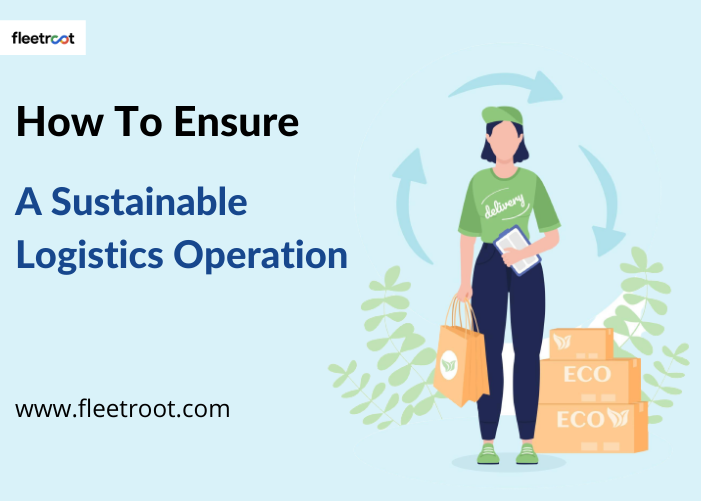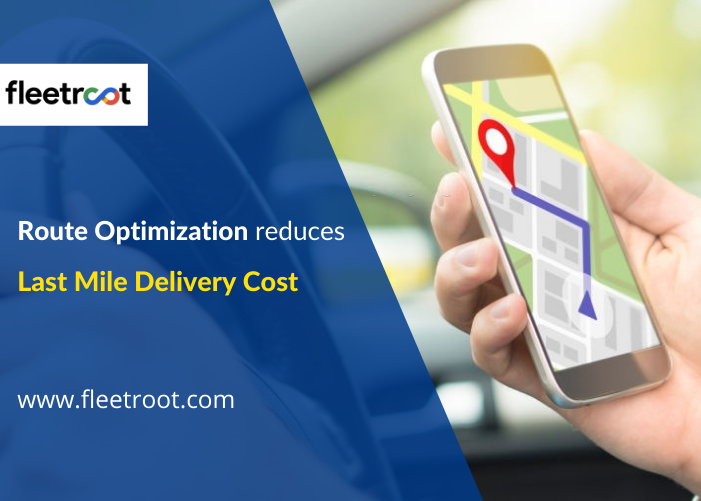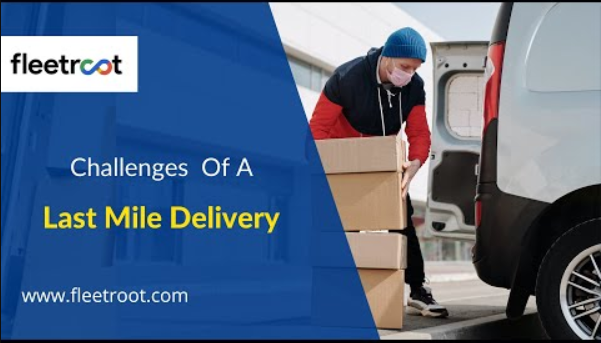Summary
Running a “sustainable logistics operation” on part of the Logistics and Transportation companies is in the throes of a severe paradox. On the one hand is the ever-increasing demand of consumers for expedited delivery times, while on the other is the disastrous impact that such speedy-delivery times have on the environment.
And, while governments are taking increasingly stringent measures to become carbon-neutral by levying fines, and setting stringent emission reduction targets by 2030, it requires support from citizens and the efficient use of technology by logistics firms.
Why is “sustainable logistics operations” such a buzzword today?
Planet Earth is under attack by corporate greed, carelessness, and poor awareness among its citizens about their environment – we all know that. We are also aware of the increasing steps that responsible governments, agencies, and citizens are taking to save our environment and create a sustainable way of living.
The Logistics and Distribution eco-system is suffering from something of a paradox i.e. while governments are increasingly imposing stricter curbs and regulations on logistics firms to curb emissions and inculcate best practices, on one hand, consumers are increasingly demanding shorter and cheaper delivery times on the other. This increases trip volume and fuel consumption, and therefore, our carbon footprint.
Unfortunately, neither can be selected over the other i.e. both, consumer satisfaction and environmental sustainability must be achieved, and a balanced approach is essential to success.
Picture this:
- You buy a pair of trousers, shoes, and a shirt from your favorite online store
- You receive three separate tracking codes for each parcel. All three parcels are delivered at different times. All within your “requirement” of “Next-day delivery”
- You’re really impressed with “how quickly Ecommerce firms deliver products and what a great thing it is for consumers”
But, guess what?
You just added to environmentally unsustainable logistics and contributed to the mountain of discarded packaging, and carbon emissions all because you “needed” some apparel and shoes delivered overnight!
Well done!
Is this the way it needs to be?
Umm, certainly not! However, the ball is in our court – consumers, corporates, and Governments – in becoming more conscious about the damage we are causing to Planet Earth and in finding affordable and sustainable logistics solutions.
Achieving “Carbon Neutral” from inception to the end of operations is essential. And, sustainable logistics within this loop is a big chunk of it.
Importance of sustainable last-mile operations
Since consumer demand for faster deliveries is growing every day, it exerts immense pressure on last-mile logistics, which in turn, increases our carbon footprint. Consider this:
- By 2030, the last-mile eco-system in our top 100 cities will use nearly 40% more vehicles
- This will increase delivery traffic by 35%, and increase overall road congestion by 20%
Needless to say, the impact this will have on our environment (e.g. global warming, carbon, emissions, and precipitate natural disasters) is alarming, real, and disastrous. Governments all over the world are taking steps to ensure sustainable practices by corporates.
Although such delivery times (24-hr delivery, Same Day delivery) were introduced by Amazon and Walmart, in recent times these companies themselves are trying to make their logistics and delivery operations more sustainable.
Unfortunately, large sections of firms are still grappling with how to do so, and are stuck between a rock and a hard place i.e. demanding consumers vs. unsustainable operations.
Such firms need to make a concerted effort in improving the sustainability of their operations.
5 top ways to improve logistics sustainability
1. Using E-vehicles, green fuel: Discarding internal combustion engines for e-vehicles and using alternative fuels like green fuels is a recent innovation and a potential game-changer in reducing carbon emissions.
2. Packaging: It should come as no surprise that great excesses in the use of plastic packaging is one of the leading contributors to clogging ocean-floor bottoms and piling up landfills. Packaging methods and materials can be made sustainable by using eco-friendly packaging techniques and materials, lesser layers in packaging, reusable containers, and constantly benchmarking against what is needed, what is sustainable, and what is excess.
3. Trip volumes: “10-minute grocery deliveries” and “1-hr deliveries” are leading selling points for Ecommerce and grocery websites these days! As a consumer, have you ever stopped to consider its impact? Returned orders and replacements only add to the number of trips, dangerous riding by delivery agents, increase fuel consumption…the list of harmful effects is endless.
Using delivery management software to optimize logistics with multi-drop deliveries, optimizing capacity, and slotting delivery times so that suppliers can bunch together maximum deliveries on the same route are only some ways that consumer-suppliers can work together to reduce delivery schedules.
4. Returned orders, multiple delivery attempts: Wrong addresses, order returns, and replacements, failed or delayed deliveries, customer absence at the anointed time – these are just some examples that result in multiple delivery attempts and add to unsustainable logistics and distribution of parcels.
Order returns are a huge problem and create multiple trips. Therefore, studying customer behavior, improving production standards to reduce manufacturing defects, and making sure of customer availability (etc.) are some solutions to reduce order returns and replacements.
Using modern last-mile delivery software that uses tools to incorporate flexible fulfillment, and ensure address accuracy, while at the same “personalize” the consumer experience is a way to reduce such hits-n-misses.
5. Insufficient capacity: Capacity shortfalls create demand-supply bottlenecks and solving them often requires a drastically increased number of trips – and with it, comes the associated last-mile unsustainability.
Deploying efficient delivery platforms that optimize fleet-vehicle utilization, tying up with experts at local-level fulfillment, and using efficient methods of parcel sorting and packaging are some ways to best organize capacity requirements.
Conclusion: Clearly, the use of technology in managing sustainable logistics and operations cannot be enough stressed. This is a leading way to address the great paradox of consumer demand vs. unsustainable delivery operations.
Using a last mile delivery management software with its route-optimization technique helps in eliminating carbon emissions, cuts miles per trip, improves address accuracy, reduces trip volumes, improves delivery success, and ensures customer availability. Unless you’re using it, you are a “carbon criminal”!




